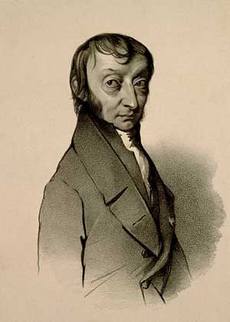Avogadro’s Law

Content:
Discovery
The Avogadro law was formulated by the Italian chemist Amadeo Avogadro in 1811. It had great importance for the development of the chemistry of that time. However, Avogadro’s law has not lost its relevance and significance even today. Let’s try to define Avogadro law; it will sound something like this.
Definition
The same number of molecules will be contained in equal volumes of gases (regardless of their chemical nature or physical properties) at the same temperature and pressure. This number is a certain physical constant equal to the number of atoms, molecules, ions contained in one mole.
The Avogadro’s law was only a scientist’s hypothesis, but later this hypothesis was confirmed by a large number of experiments. So the Avogadro’s law became the basic law for ideal gases.
Formula
The discoverer of the law believed that the physical constant is a large quantity, but he did not know the exact number. After his death, in the course of numerous experiments, the exact number of atoms contained in 12 g of carbon was found. This constant was called the ” Avogadro’s number” in honor of the scientist. The Avogadro’s number (NA) is equal to 6.022*1023. In other words, the number of molecules of any gas in the volume of 22.41 l will be the same for both light and heavy gases.
The Avogadro’s gas law equation can be written as follows:
V / n = VM
V is the volume of gas; n is the amount of gas; VM is the constant of proportionality or molar volume.
Importance
The further practical application of the Avogadro’s law greatly helped chemists to determine the chemical formulas of many compounds.
Real Life Examples
How is Avogadro’s law show itself in real life? Lets see on some examples:
A balloon filled with helium weighs much less than an identical balloon filled with air. Both balloons contain the same number of molecules. Helium atoms have lower mass than either oxygen molecules or nitrogen molecules in air, so the helium balloon is lighter.

As you blow up a basketball, you are forcing more gas molecules into it. The more molecules, the greater the volume. The basketball inflates.
References and Further Reading
- Editors of the Encyclop?dia Britannica. “Avogadro’s law”. Encyclop?dia Britannica. Retrieved 3 February 2016.
- Avogadro, Amedeo (1810). “Essai d’une maniere de determiner les masses relatives des molecules elementaires des corps, et les proportions selon lesquelles elles entrent dans ces combinaisons”. Journal de Physique. 73: 58–76. English translation.
- “Avogadro’s law”. Merriam-Webster Medical Dictionary. Retrieved 3 February 2016.
- Avogadro, Amadeo (July 1811). “Essai d’une maniere de determiner les masses relatives des molecules elementaires des corps, et les proportions selon lesquelles elles entrent dans ces combinaisons”. Journal de Physique, de Chimie, et d’Histoire Naturelle (in French). 73: 58–76.
- Rovnyak, David. “Avogadro’s Hypothesis”. Science World Wolfram. Retrieved 3 February 2016.

Author: Pavlo Chaika, Editor-in-Chief of the journal Poznavayka
When writing this article, I tried to make it as interesting and useful as possible. I would be grateful for any feedback and constructive criticism in the form of comments to the article. You can also write your wish/question/suggestion to my mail pavelchaika1983@gmail.com or to Facebook.

